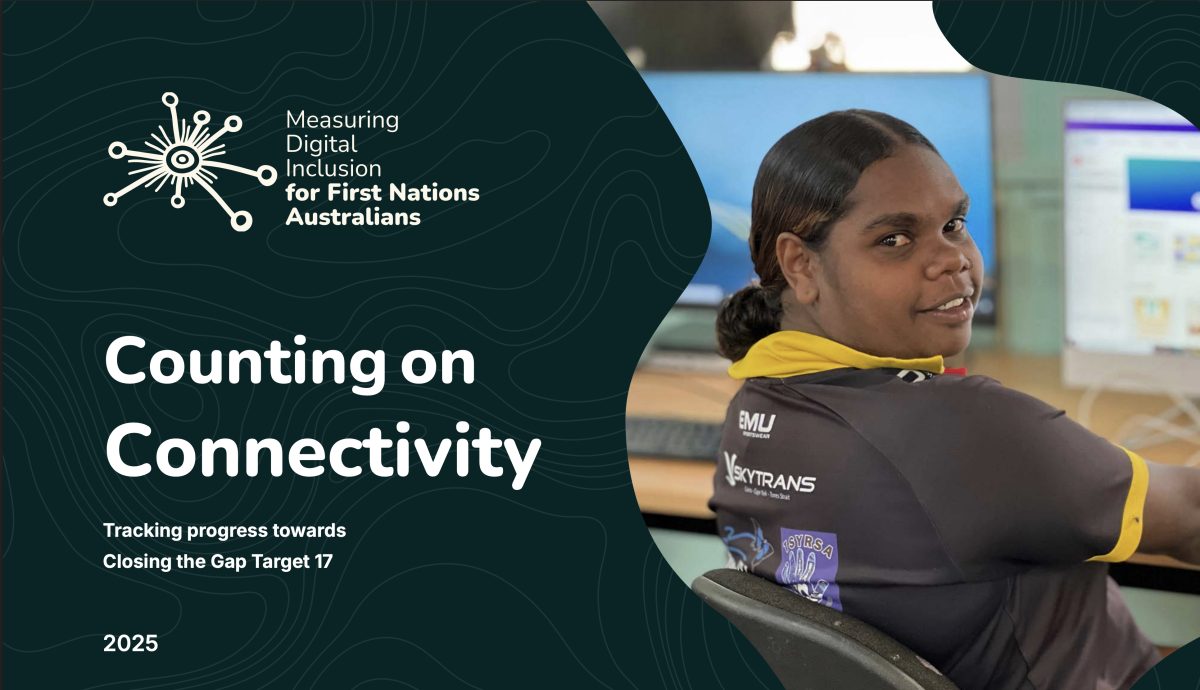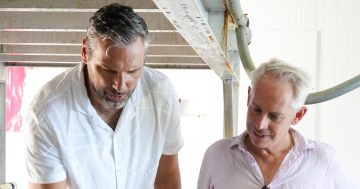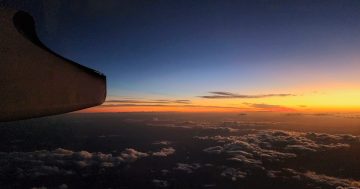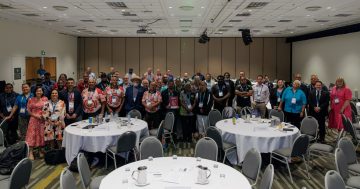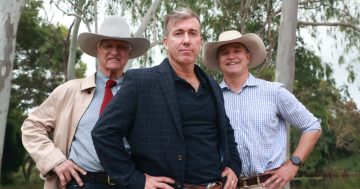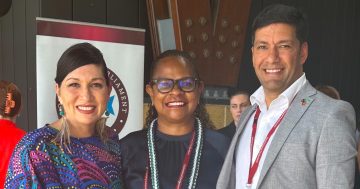
Most remote First Nations Australians have sacrificed or cut back on essential costs including food to pay for mobile and internet usage. Photo: Duo Nguyen.
A case study highlighting family shopping costs in Aurukun reminds us of the distance we have to travel in closing the digital gap for First Nations Australians in the Cape.
Despite claims from the Federal Government it is narrowing the digital divide through its $68 million investment to boost inclusion and literacy for communities across the country, its report highlights the reality.
Better digital access means better access to learning, health care and other essential services, especially for people in remote communities, according to the Federal Government.
It says up to 52 remote communities across the nation will benefit from free publicly accessible Wi-Fi through the $20 million First Nations Community Wi-Fi Program, following a similar program for 23 remote communities.
As part of its announcement, the government also launched a new national data collection report and public dashboard from the Measuring Digital Inclusion for First Nations Australians project.
Slide 55 of the report under the topic heading Affordability and sub-heading Case Study: Cost of living in remote communities reveals the real challenges of closing the digital gap.
It states:
“The cost-of-living crisis is disproportionately affecting remote First Nations communities. The ABC [ABC TV as one of the report’s sources] found households in Aurukun, Cape York are paying $1000 for a weekly shop.
“Staying connected to mobile and internet services becomes a luxury in this reality. Investment in community-led digital inclusion initiatives is more critical than ever. The 2024 Mapping the Digital Gap report found affordability was a primary contributor to digital exclusion.
“In 2024, 70 per cent of remote First Nations Australians had recently sacrificed or cut back on essential costs including food in order to pay for mobile and internet usage with 20 per cent often or always cutting back.”
The report says the sharing economy is an important element of Aboriginal and Torres Strait Islander cultures still practised with families and communities. Household expenses are often shared in multi-family households, with food, bills and other costs split across multiple income earners.
One survey comment described how this occurred within their household, saying it would be difficult to survive if costs were not shared.
“Need more money just to live and pay the bills. Not enough money to go around. Just can’t buy food and pay bills, pay rent,” the comment read.
“Internet is a luxury I cannot afford within my budget at the moment, so I use Wi-Fi paid for by others or hotspot from my prepaid phone.
“Our payments are very low and the cost of living is off the Richter scale. [We] live on noodles and pasta and rice, if that at times. The rent in private houses is just wrong. Have to get other people to live with you so you can eat and pay the bills.”
Page 55 concludes:
“This shows the clear link of household income to digital inclusion. Addressing affordability challenges is therefore key to overcoming digital inequity.”
Melbourne’s RMIT University and Swinburne University of Technology led the three-year Measuring Digital Inclusion for First Nations Australians project.
It collected data through more than 2800 surveys from major cities, regional towns and remote communities across the country in partnership with First Nations organisations.
The survey shows while First Nations Australians are highly digitally engaged, this engagement is not evenly spread across the First Nations population.
Among the comments made during the announcement –
Minister for Indigenous Australians, Malarndirri McCarthy:
“Digital inclusion is an important part of Closing the Gap.
“Most Australians take for granted their ability to access online services for essentials like healthcare, education and banking.
“Our investment will ensure more remote First Nations communities can access these same supports.”
First Nations Digital Inclusion Advisory Group co-chair, Dr Dot West OAM:
“[This] provides us with new insights into First Nations digital inclusion and how it impacts on communities across Australia.
“It shows the digital divide is still significant, particularly in remote and very remote areas, and that affordability is a challenge for First Nations Australians regardless of where they live.”
First Nations Digital Inclusion Advisory Group co-chair, Professor Lyndon Ormond-Parker:
“Digital exclusion continues to impact the ability of First Nations Australians to enjoy the social, economic and cultural benefits of being online.
“We call on governments and industry to consider this data to inform next steps on closing the digital divide, guided by the recommendations in the First Nations Digital Inclusion Roadmap.”
